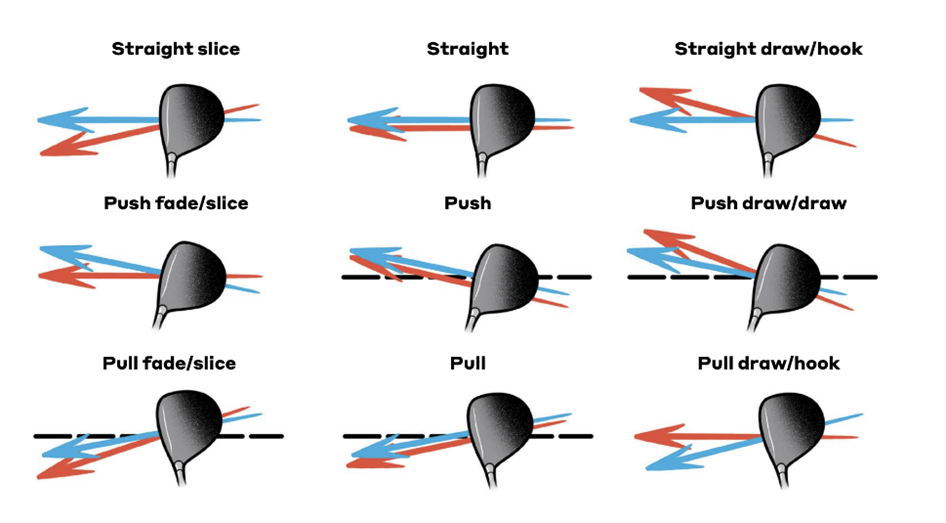This is the fifth in a series of blogs to help you simplify your knowledge of golf and hopefully improve your game. [These tips are distilled from an article published by Luke Kerr-Dineen for a GOLF franchise called “Play Smart”. These nuggets of knowledge are designed as a quick reference to help you as they have helped so many other golfers.]
17/ Don’t Try to ‘Fix’ Your Miss. Narrow it: For decades, conventional golf wisdom has bemoaned the terrors of the “two-way miss.” Lou Stagner, the data lead over at Arccos Golf, is here to tell you it’s not so bad—and he has an army of statistics to prove it. Stagner puts forward Dustin Johnson as a prime example. Lauded as one of the statistically best drivers of his generation, DJ’s drives have missed left 2,203 times and 2,238 times to the right, almost an exact 50-50 split. It’s a trend that holds all the way down through the Tour. While it is true that it’s beneficial for players to have a preferred shot shape (DJ’s, for instance, is a slight left-to-right fade), the statistics simply don’t bear out that players use it to eliminate one side of the course. “As a player, you’re better off trying to narrow your biggest left miss and your biggest right miss,” says PGA Tour coach Shauheen Nakhjavani.
18/ Pay Attention to Posture: As human beings, we’re hardwired with an innate instinct to balance ourselves in order to avoid falling over—and, potentially, hurting ourselves. It’s what helps us take our first steps, but, sometimes, it can throw your swing out of whack.
For the average male golfer, your head encompasses about 8 percent of total body weight; your trunk about 55 percent, your arms about 12 percent and your legs make up the rest. If you’re not in a balanced setup position to start, your body will attempt to balance itself during the swing—and it won’t be pretty. That’s why GOLF Top 100 Teachers like the middle of a golfer’s foot, kneecaps and armpits to form a straight line with each other when viewed from down the line. That’s the position of optimal balance at setup because it “stacks” your heavy body parts in one line. The official term is “joint centration.”
19/ Know Where Your Clubface Is Pointing at Impact: Where your clubface points at impact, has the greatest influence on what direction the ball will start its flight pattern. For a right-handed golfer, an open clubface (relative to the target) will result in the ball starting right of the target, and if the face is closed, the ball will start left of the target. According to TrackMan, around 80 percent of the ball’s starting direction is dictated by where the clubface is pointed at impact, with the remaining percentage caused by the direction the club is traveling (club path). Configuring the clubface with club path at impact will help you create a more consistent ball- flight, shot after shot.

20/ Determine YOUR Most Effective Hold: How you place your trail hand (right hand for right-handed golfers), plays a huge role in how you square the clubface at impact. Placing your right hand in a “stronger” position— more on the side of the club—tends to result in a more passive orientation, with a slower clubface rate of closure. The opposite is true if your trail hand is more on top of the club, in a “weaker” position. There’s no right or wrong way: Different golfers will do better or worse depending on what hold they’re predisposed to.
Golf clubs are swung in an arc so the skill to hit perfectly straight shots is all about knowing and trusting your swing for each type of club as your body weight is transferring throughout every swing. Practicing with GOLFSTR+ with every club in your bag is a good way to learn and trust your swing. Buy one today at www.GOLFSTR.com



[…] Source link […]